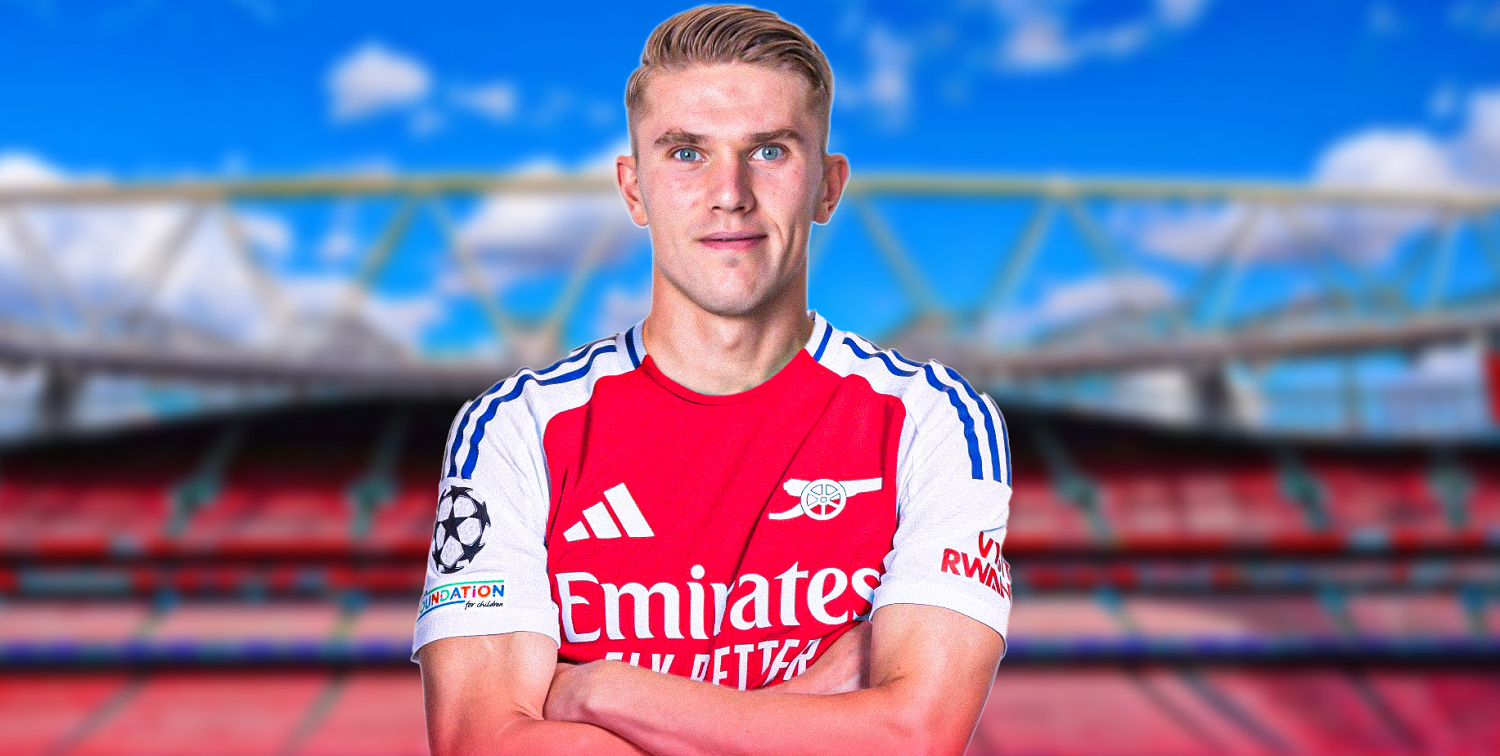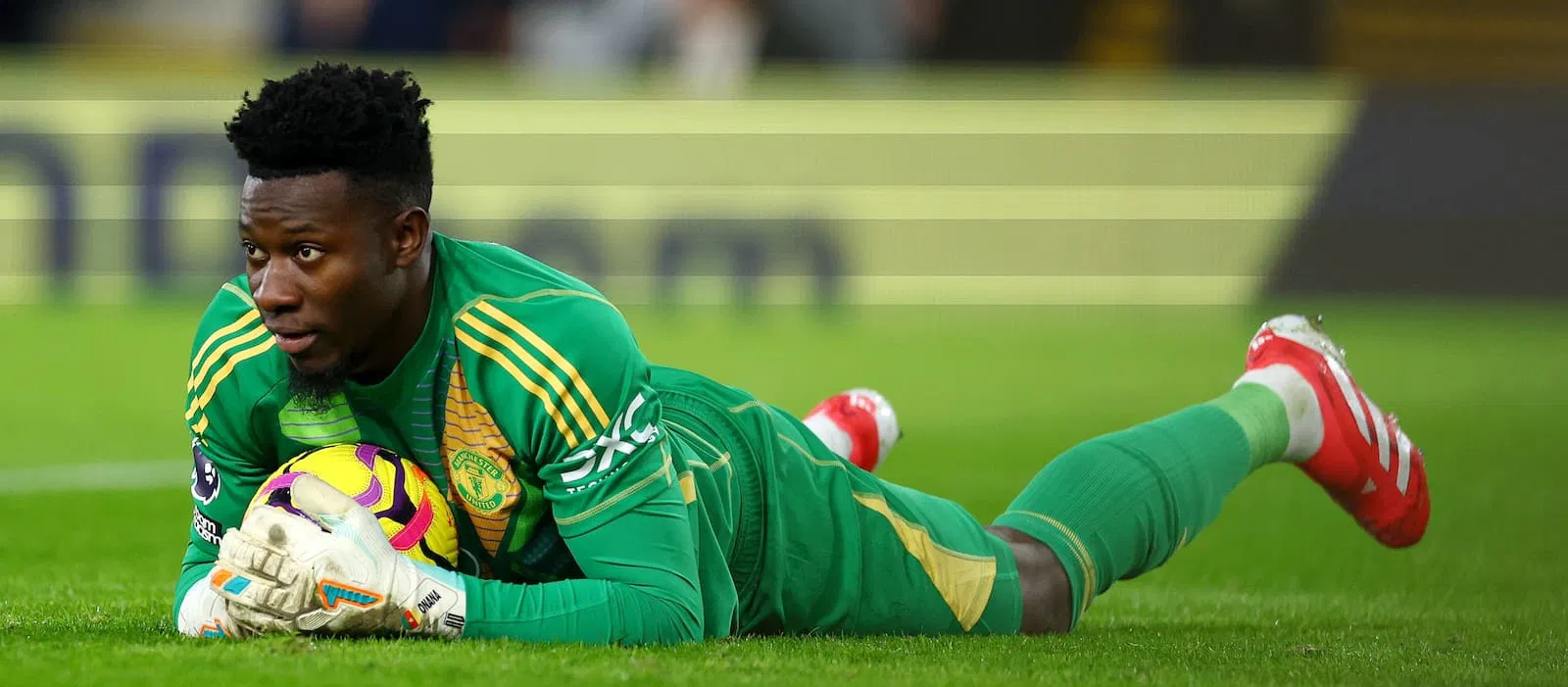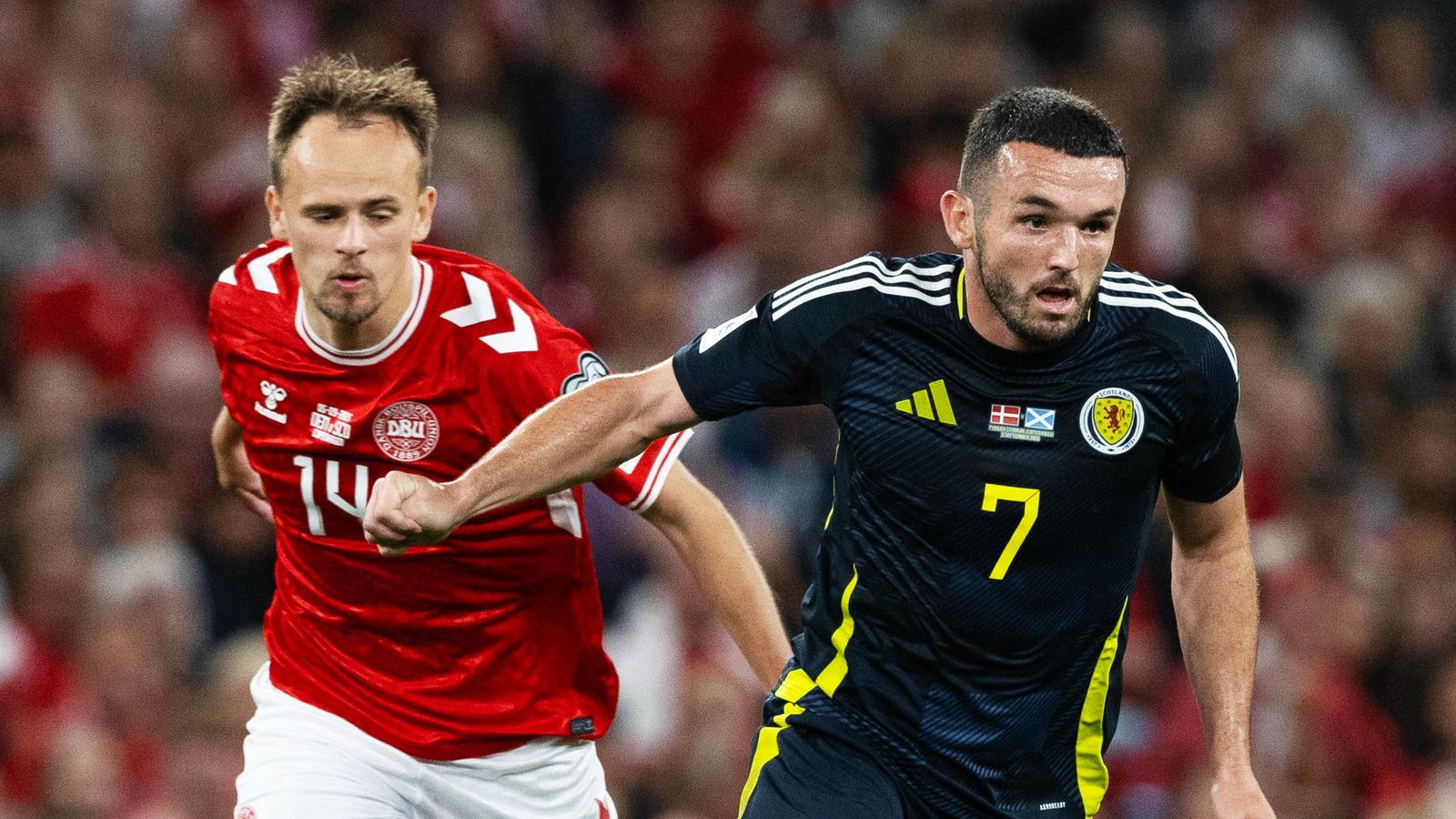Every summer has its headline transfer. A club splashes out, the cameras flash, and social media churns out endless montages of goals, assists, and superlatives. For the 2025/26 season, Arsenal’s £55 million move for Viktor Gyökeres is that signing. It’s the deal that had fans buzzing, pundits debating, and rival supporters sharpening their jokes.
But beneath the excitement, there’s a nagging truth: Gyökeres might just be the most overrated signing of this transfer window.
Gyökeres’ move from Sporting CP to Arsenal had all the elements of a modern football saga. The north London club, desperate to sharpen their attack, went hard for the Swedish striker. The fee £55m, potentially rising to £63.5m was hefty but not outrageous in today’s market. The agent even waived a commission to grease the deal. The cherry on top? Gyökeres was handed Arsenal’s iconic No. 14 shirt, the number immortalized by Thierry Henry.
It was a signing designed for headlines. Arsenal positioned it as both an immediate fix and a symbolic nod to their ambitions. But football isn’t played in press releases, and hype rarely translates seamlessly onto the pitch.
At Sporting, Gyökeres was a machine: 54 goals in 54 games with 13 assists. Those numbers look like they belong on a FIFA Ultimate Team card rather than a real player. In Portugal, he bullied defenders, thrived in space, and scored all types of goals.
But here’s the catch Primeira Liga numbers have fooled us before. Remember João Félix’s breakout? Or Bas Dost’s absurd goal tally? The jump from Portugal to England is steep. The Premier League is faster, more physical, and less forgiving. Arsenal didn’t just buy a striker; they bought the risk that comes with translating video-game stats into one of the world’s toughest leagues.
Gyökeres has already tasted the Premier League once, albeit briefly, with Brighton. Back then, he looked raw and limited hardly the profile of a future £60m striker. Of course, players evolve, and his growth at Coventry and Sporting is undeniable. But the Premier League is littered with strikers who thrived elsewhere only to stumble in England.
His debut against Manchester United was a sobering reminder of that gap. Arsenal won 1-0, but Gyökeres was largely ineffective, hooked after 60 minutes. His follow-up performance against Leeds was better—two goals, one from the spot—but Arsenal fans expecting a Henry-like revolution were left wanting. Early flashes are nice, but the league judges on consistency, not moments.
Another overlooked factor is age. Gyökeres is 27 turning 28 this season. He’s in his prime, not on the cusp of it. Arsenal are not buying potential; they’re buying the finished product. That limits the ceiling. Unlike Rasmus Højlund at Manchester United or even Darwin Núñez at Liverpool, Gyökeres is unlikely to evolve dramatically. What Arsenal see now is probably what they’ll get.
For £55m, you want either a proven world-class striker or a young forward with room to grow. Gyökeres is somewhere in between good, possibly very good, but unlikely to become elite.
Mikel Arteta’s Arsenal thrives on structure. The team relies on fluid front threes, pressing triggers, and midfielders interchanging with forwards. Gyökeres, for all his qualities, is more of a direct runner and penalty-box finisher. He presses hard but doesn’t naturally drop deep or combine in tight spaces like Gabriel Jesus.
That raises a simple but crucial question: does he elevate Arsenal’s attack, or does he just give them a different option? Signing a player for variety is fine, but not at £55m when other areas—like depth on the wings still look thin.
No. 14 at Arsenal isn’t just a number. It’s a weight. Thierry Henry turned it into a symbol of genius, swagger, and decisive brilliance. Since then, players who’ve worn it Theo Walcott, Pierre-Emerick Aubameyang, Eddie Nketiah have been measured against an impossible standard.
Handing it to Gyökeres was both bold and reckless. It instantly raises expectations, feeding into the overrated narrative. Every missed chance will feel heavier, every quiet game magnified. In truth, Arsenal could have spared him that pressure.
There’s also the bigger picture. Could Arsenal have spent smarter? For the same outlay, they might have pursued Rafael Leão to give Gabriel Martinelli real competition. Or invested in a younger, higher-ceiling striker. Or even balanced the squad with depth in midfield. Instead, they chose Gyökeres the safe option dressed up as the blockbuster.
It’s not just about what he brings, but what Arsenal sacrificed to get him. And that, too, is part of why this feels overrated.
Modern transfers live and die by narrative. The Gyökeres deal had all the ingredients for hype: a prolific scorer leaving Portugal, Arsenal’s need for a headline arrival, the symbolic number on his back, and endless video compilations circulating online.
But narratives don’t win points. They inflate expectations, distort analysis, and set players up for failure. Right now, Gyökeres is benefiting from the spectacle more than the substance. That’s not his fault—it’s the ecosystem—but it adds to the sense that this is the most overrated signing of the window.
Viktor Gyökeres may yet score 20 goals this season and make this criticism look harsh. He may silence doubters by bullying Premier League defences the way he did in Portugal. But as things stand, he represents everything about modern transfers that makes fans skeptical: inflated numbers, inflated fees, and inflated expectations.
Arsenal needed a striker who could transform them into champions. Instead, they might have bought a good striker dressed up as a great one.
That gap between perception and reality is why Gyökeres, for all the excitement, already feels like the most overrated signing of the 2025/26 season.


